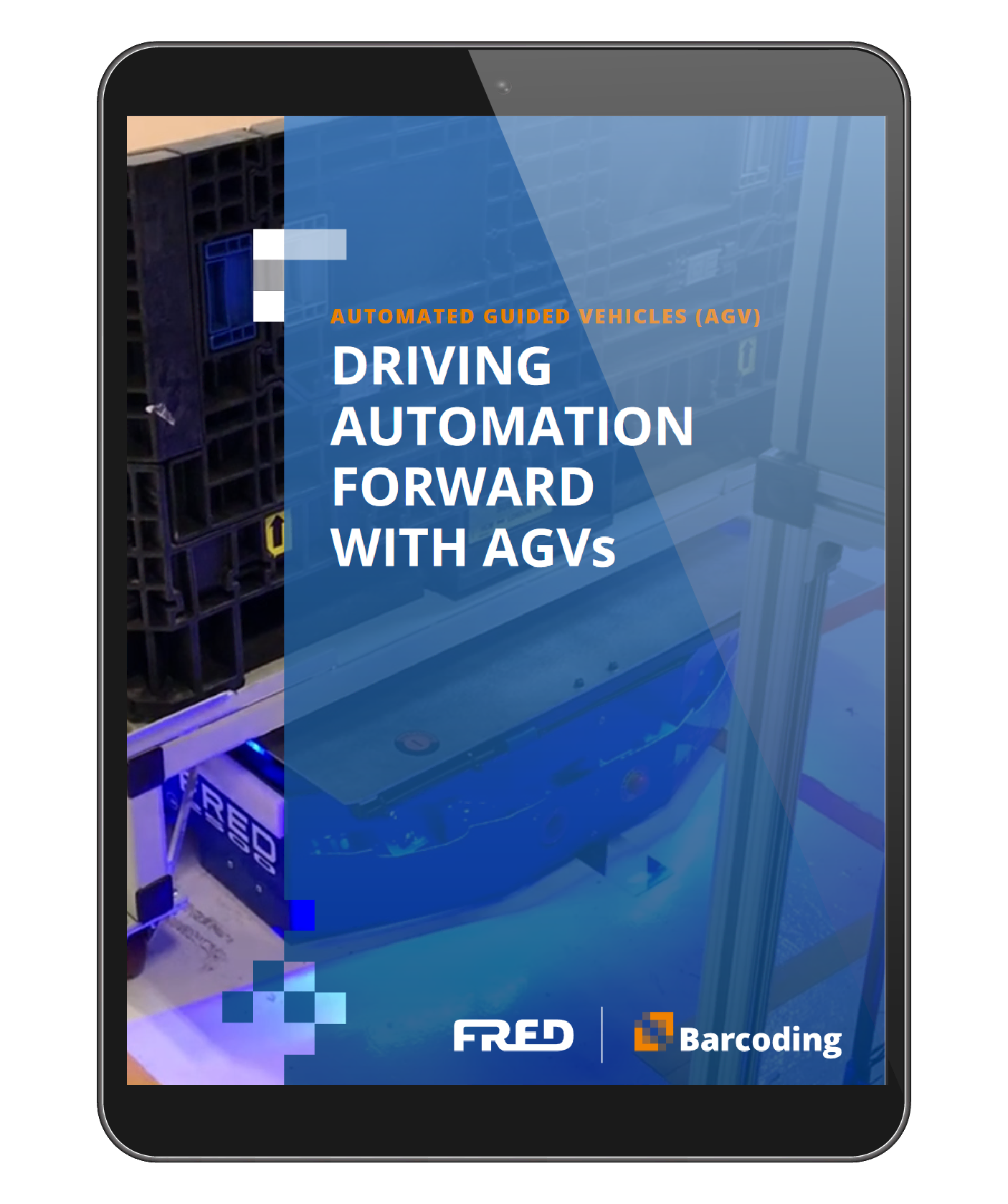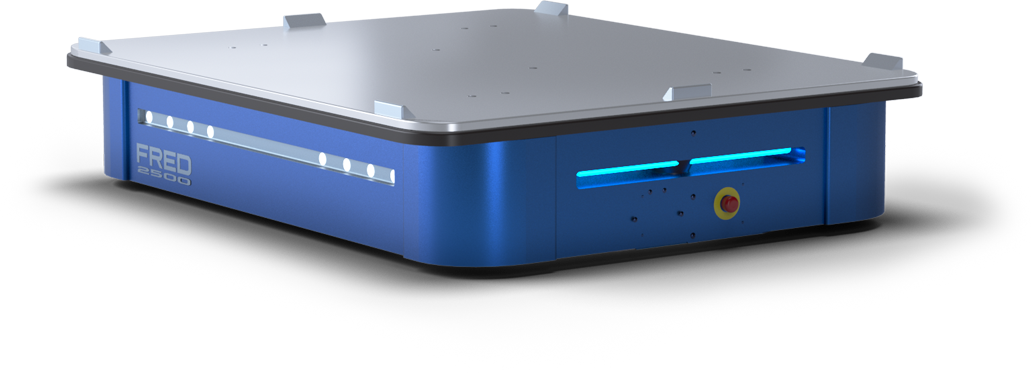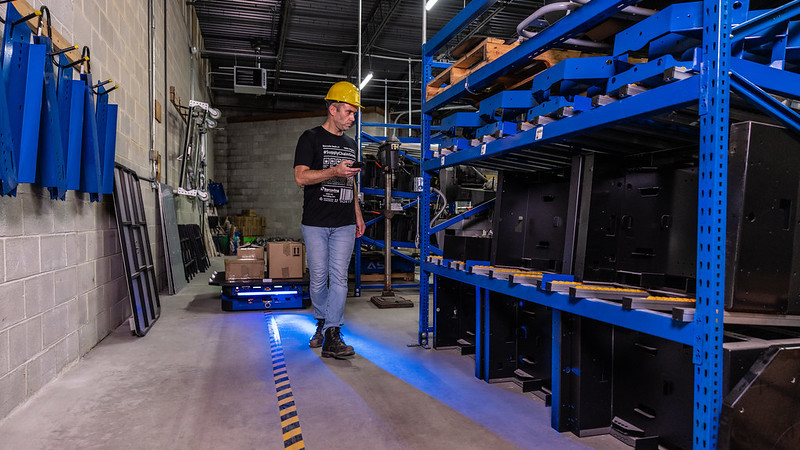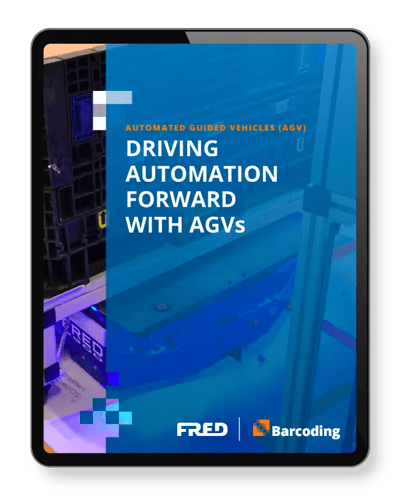You’d be hard-pressed to name a job that doesn’t carry some risk to the workers who do it, and warehouse work is certainly no exception. Material handlers, pickers, and packers regularly lift and lower, bend and reach, push and pull…and they often have to carry large and unwieldy items long distances to get the job done.
And that can sometimes lead to musculoskeletal disorders (MSDs). Sometimes referred to as “ergonomic injuries,” MSDs can happen when workers overexert or use muscles, tendons, and ligaments repetitively and/or in awkward positions, resulting in pain and injury over time.
According to the Occupational Safety and Health Administration (OSHA), work-related MSDs are among the most common causes of lost or restricted work time. They’re expensive, too, with overexertion injuries costing U.S. employers $12.84 billion each year—and awkward postures and “other exertions or bodily reactions” adding another $3.67 billion to the total.
Warehouse operators already struggling with labor shortages need help keeping workers healthy, safe, and productive on the job. That starts with proactive, holistic MSD prevention.
In this article, we’ll take a closer look at how warehouse operators can integrate safe, collaborative automation technologies like automated guided vehicles (AGVs) to help mitigate the risk of MSDs to workers.
MSDs & Their Costs to Warehouse Operators
MSDs are the single most common category of injury to warehouse workers, arising mainly from overexertion involving outside sources—that is, lifting and carrying objects. This doesn’t include injuries or disorders caused by slips, trips, falls, or similar incidents. Examples include:
- Sprains, strains, and tears
- Low back and shoulder pain
- Carpal tunnel syndrome
- Tendinitis
- Hernia
Injuries related to handling objects made up more than 28% of all nonfatal workplace injuries and resulted in direct costs of $1.37 billion to transportation and warehousing employers in 2020, according to a 2023 analysis of BLS statistics. Awkward postures and “other exertions or bodily reactions (like twisting an ankle while stepping off a forklift) accounted for another 9.6% and $460 million a year.
Proactive MSD Prevention Takes a Holistic Approach
A comprehensive approach to MSD prevention often involves proactive training, ergonomic assessments, interventions, and identifying and mitigating MSD risk factors within warehouse operations. Everything from postures to break timing is worth a closer look.
But prevention and mitigation can be even more effective when the heaviest loads, longest distances, and most repetitive tasks can be handed off to automation technologies. And that’s where AGVs like Fred can play an integral role in warehouse MSD prevention.
Like other warehouse automation options, AGVs aren’t intended to replace human workers. Instead they’re designed for safety in collaborative work environments, where people and robots work side-by side.
DRIVE AUTOMATION FORWARD
WITH AGVS
Here’s how Fred can optimize your end-of-line packaging processes with stretch wrappers, conveyors, palletizers, and more.

Why Not Add More Fork Trucks to Handle the Heavy Stuff?
While transferring more work to forklifts might seem like an attractive idea at first, consider the numbers—not total cost (you can compare that here), but injuries. In 2020, forklifts were involved in 7,290 nonfatal lost-time injuries and illnesses. And that’s leaving out the 70 worker fatalities they’re involved in every year.
If a safer work environment is your goal, you’re smart to look for alternatives to fork trucks.
Unlike conventional forklifts and other human-operated material handling equipment, AGVs are designed to work alongside human workers safely. They can be deployed in many use cases where a fork truck might otherwise have been used.
Supporting Warehouse Productivity & Healthy, Happy Workers
One core advantage of using AGVs in a warehouse is the reduction in heavy lifting and carrying tasks performed by human workers.
By automating the most tedious and physically demanding tasks, warehouse operators can help their teams avoid repetitive movements and overexertions that can lead to MSDs. Plus, the risk reduction doesn’t come with another fast-moving, often unpredictable, human-driven fork truck added to the mix.
Automating repetitive parts of these workflows is one effective way to mitigate the risk of workplace injuries. Lowering your risk doesn’t guarantee zero injuries, but it can help reduce the likelihood of injuries, near-misses, and worker's compensation claims. AGVs’ predictability and tight control over paths, speeds, and work cadences, also help minimize risk of damage to products and facilities, another financial win for warehouse operators.
And along with the reduction in MSD risk comes the opportunity for more workers to engage in value-added activities that require critical thinking, problem-solving, and innovating, all essential for continuous improvement of warehouse operations—not to mention career growth and employee satisfaction.
Collaborating to Foster a Safer & Healthier Warehouse Work Environment
It's crucial to underscore that while AGVs, AMRs, and other warehouse automation technologies play a key role in minimizing MSD risk exposure, there is no single solution that can prevent all injuries.
People at all levels, from warehouse operations management to the pickers and packers on the floor, absolutely must cooperate and participate in creating a safer work environment. Training employees, providing the necessary personal protective equipment (PPE), and ensuring they have the appropriate handling equipment are all non-negotiable.
Ensuring employees can take timely breaks to rest is crucial for their overall well-being and productivity—which points to another advantage AGVs can deliver: Even as employees take a breather, AGVs keep working, so productivity doesn’t have to take a hit.
(Watch Your) Next Steps
Musculoskeletal disorders and injuries pose a costly and complex challenge to warehouse operators, and a reactive approach to addressing the risk comes at a cost. Your proactive, holistic approach that effectively paves a way forward can integrate:
- Employee and management training
- Ergonomic assessments and interventions
- Automated solutions like AGVs and AMRs
- A commitment to continuous improvement
Smart, safe automation can be a game-changer in fostering a work environment that supports workers’ health and productivity in equal measure.
And while lifting, carrying, and material handling are all key use cases where warehouse automation can reduce repetitive work and heavy lifts, they’re not the only applications for user-friendly cobots. Learn how Fred can reduce tedium and support quality in end-of-line application, too, in our whitepaper.



